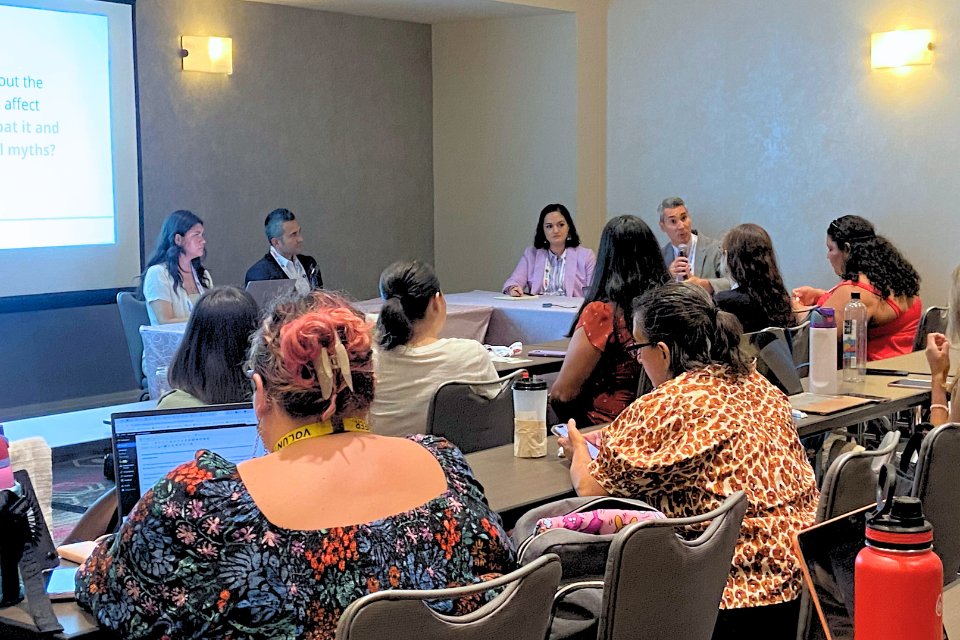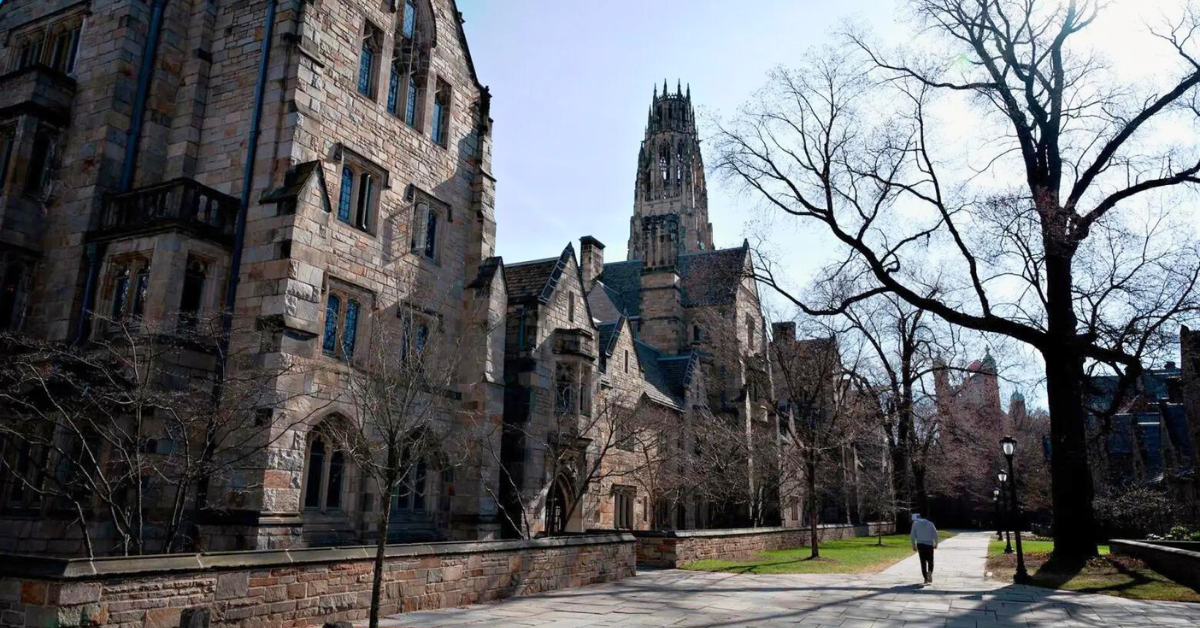“He’s still wearing pull-ups at 13,” said his mother Astrid Arroyo. “I know! He’s actually a little more vocal about letting us know when he needs to go to the bathroom, but he’s still not fully there, so he’s still dependent on us to remind him and take him to the restroom.”
Kai has autism, which affects his thinking, behavior, language and ability to relate to others. The severity of this neural developmental disorder can vary. Kai is low-to-moderate on the spectrum. There is no cause, and there is no cure.
The prevalence of the disorder has risen dramatically over the years — just four years ago, the Centers for Disease Control and Prevention estimated that one in 150 children in the U.S. had autism. Now the estimate is one in 68.
Despite the disorder’s prevalence, Astrid Arroyo, who is originally from Puerto Rico, struggled to get her son diagnosed. Doctors told her not to worry because Kai’s speech struggles were the result of her speaking Spanish at home. But that wouldn’t have caused the sorts of issues her son was having.
“A lot of Spanish-speaking families here are going through the same thing where their kids are late, you know they’re not talking at the right time, and when they go to the pediatrician, the pediatrician will say it’s because you speak Spanish in the home – just give it some time and come back,” she said.
To read full story: http://wesa.fm/post/latino-children-autism-additional-barriers-exist
The only thing Kai Arroyo eats is butterscotch pudding. He only drinks milk from a bottle. When he speaks, you get the sort of language that you expect from a kindergartener – not a seventh grader. And he can’t go to the bathroom on his own.



